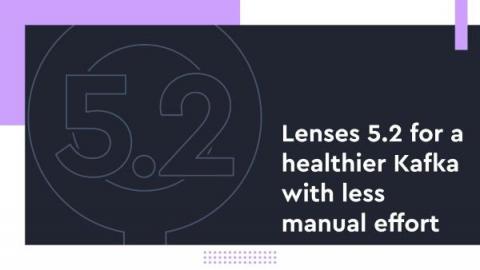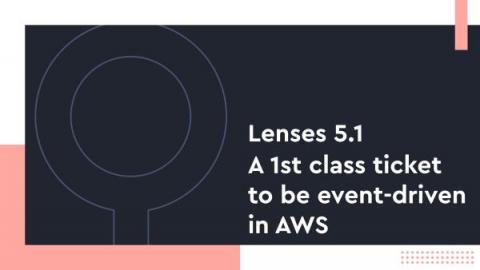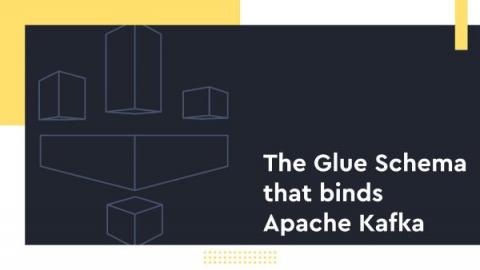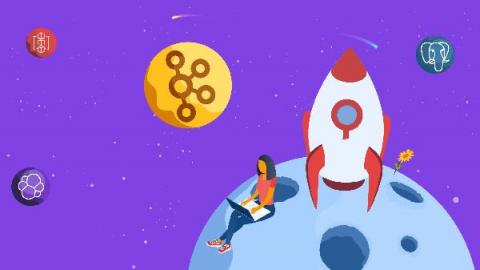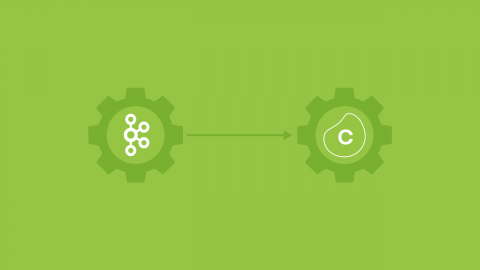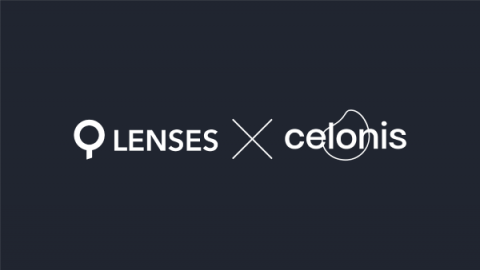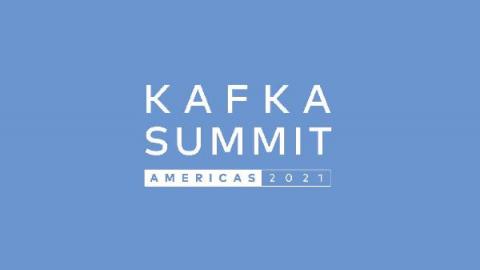Lenses 5.2: for a healthier Kafka with less manual effort
Kafka adoption is growing fast. Very fast. At Lenses, we’re pushing out new features to increase developer productivity, reduce manual effort & improve the cost & hygiene of operating your Kafka platform. Only a few weeks since Lenses 5.1, yet here we are again with more goodies in our release 5.2.


